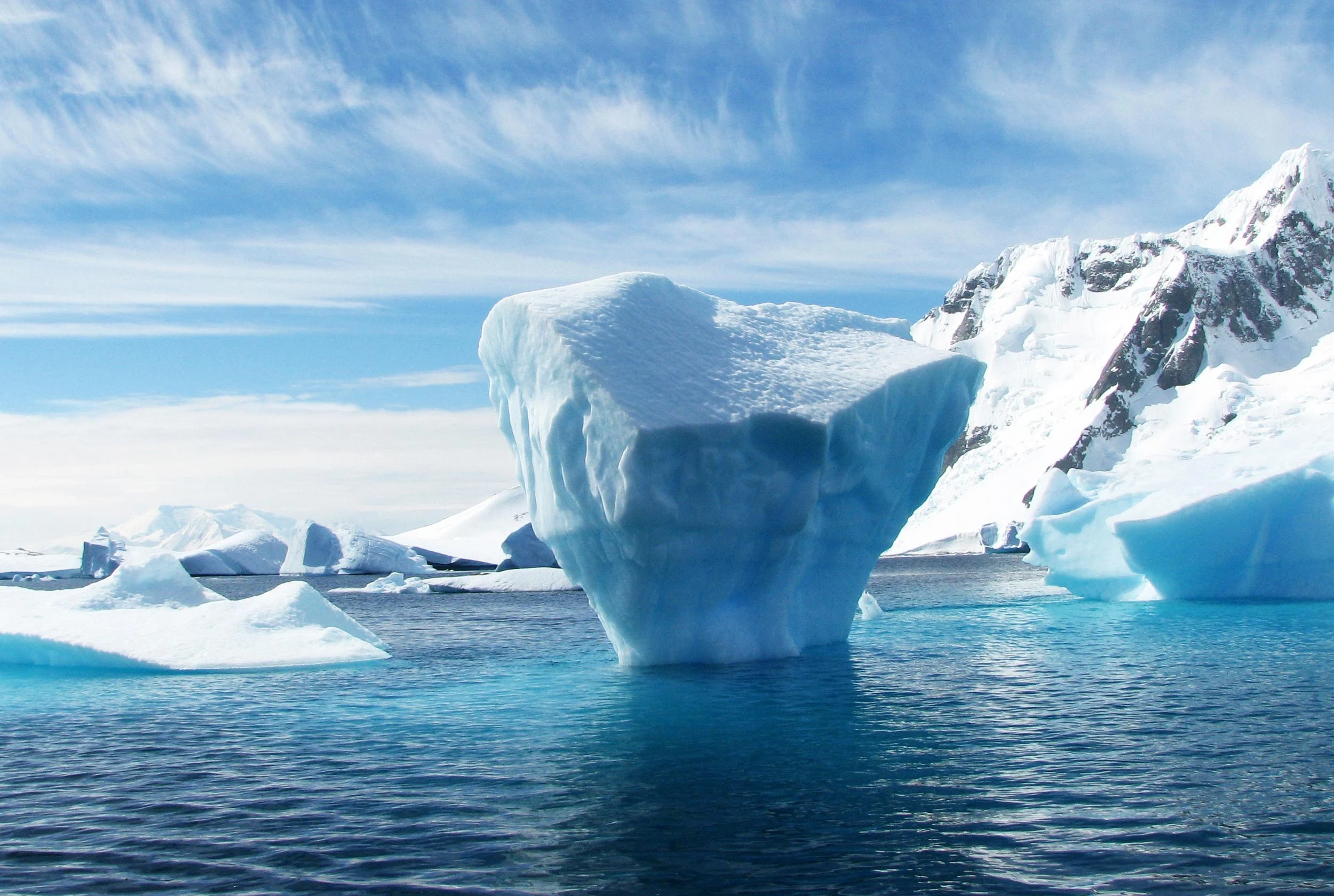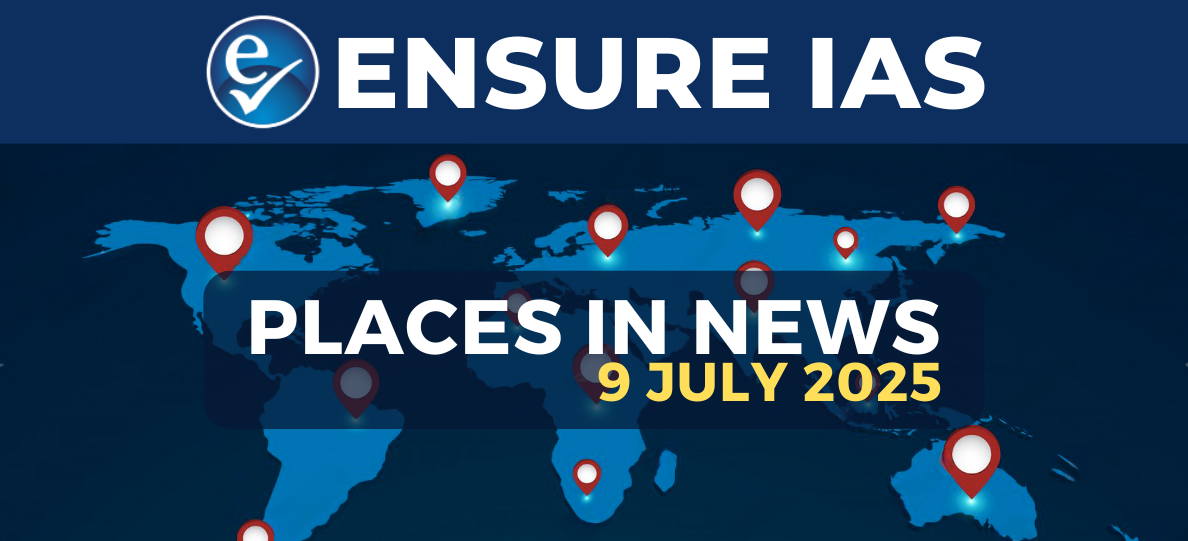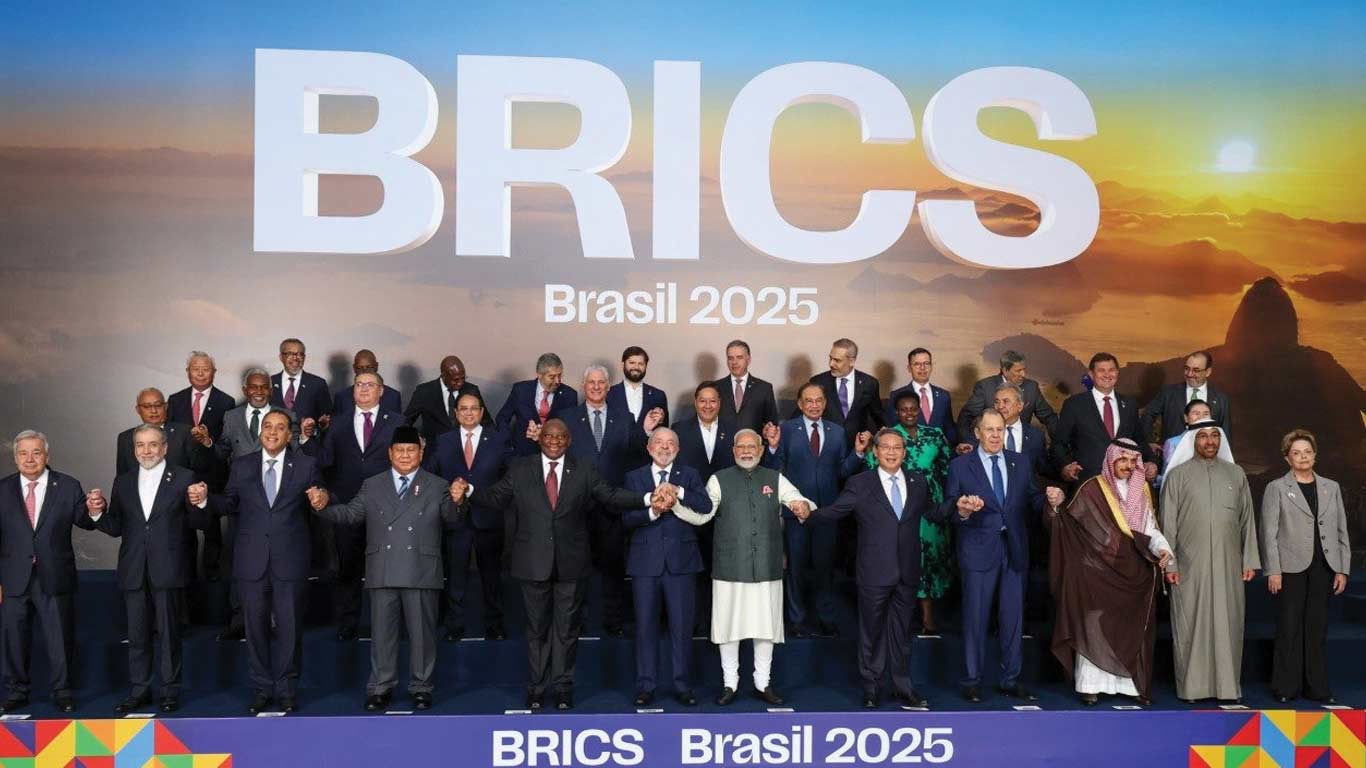- Courses
- GS Full Course 1 Year
- GS Full Course 2 Year
- GS Full Course 3 Year
- GS Full Course Till Selection
- Answer Alpha: Mains 2025 Mentorship
- MEP (Mains Enrichment Programme) Data, Facts
- Essay Target – 150+ Marks
- Online Program
- GS Recorded Course
- Polity
- Geography
- Economy
- Ancient, Medieval and Art & Culture AMAC
- Modern India, Post Independence & World History
- Environment
- Governance
- Science & Technology
- International Relations and Internal Security
- Disaster Management
- Ethics
- NCERT Current Affairs
- Indian Society and Social Issue
- NCERT- Science and Technology
- NCERT - Geography
- NCERT - Ancient History
- NCERT- World History
- NCERT Modern History
- NCERT Medieval History
- CSAT
- 5 LAYERED ARJUNA Mentorship
- Public Administration Optional
- ABOUT US
- OUR TOPPERS
- TEST SERIES
- FREE STUDY MATERIAL
- VIDEOS
- CONTACT US
Melting Glaciers and Volcanoes: Uncovering the Hidden Risks of Climate Change
Melting Glaciers and Volcanoes: Uncovering the Hidden Risks of Climate Change

Why in the News?
- A new scientific study has found a link between melting glaciers and increased volcanic activity.
- The research highlights how climate change is not only raising temperatures but also increasing geological risks.
- The study was presented at the 2025 Goldschmidt Conference, the largest international geochemistry conference.
- West Antarctica, North America, New Zealand, and parts of Russia have been identified as high-risk zones for future eruptions.
- The study is especially relevant now as rapid polar and glacial ice melting continues in the backdrop of record-breaking global temperatures in recent years.
Key Highlights of the Article
- Scientific Evidence from Chile
- Researchers studied Chile’s Mocho-Choshuenco volcano.
- They found that between 26,000 and 18,000 years ago, thick ice suppressed volcanic activity.
- A large underground magma reservoir was found to have formed due to pressure suppression.
- A lot of molten rock got trapped underground because the thick ice on top acted like a heavy lid, stopping it from coming out and causing more magma to build up over time.
- Once the ice melted around 13,000 years ago (deglaciation), explosive eruptions occurred.
- The process of ice sheets or glaciers melting and retreating is known as deglaciation.
- Link Between Melting Glaciers and Volcanoes
- Melting glaciers reduce surface pressure on underground magma chambers.
- It is like the heavy lid is removed from the top which causes the pressure which was built to be released immediately.
- This reduction causes gases and magma to expand, triggering more explosive volcanic eruptions.
- The idea was first proposed in the 1970s and is now supported by fresh evidence.
- Similar phenomena were observed in Iceland after the last Ice Age.
- Melting glaciers reduce surface pressure on underground magma chambers.
- Geographic Hotspots at Risk
- West Antarctica is the most vulnerable, with over 100 volcanoes buried under thick ice.
- Parts of North America, Russia, and New Zealand are also likely to see increased volcanic activity.
- The continued melting of ice due to global warming elevates these risks in coming decades.
- Even regions currently considered geologically stable may become volatile due to ice loss.
- This means that the regions may become prone to sudden eruptions and instability.
- Climate Feedback Loop
- Volcanic eruptions release ash and sulphur dioxide, which can temporarily cool the Earth.
- Sulphur dioxide forms aerosols that reflect sunlight, staying in the stratosphere for years.
- Aerosols are tiny particles (solid or liquid) that float in air.
- They can come from nature. Example: Sea spray, dust, etc.
- They can come from human activities also. Example: Car smoke, factory pollution, etc.
- It affects weather like helping in cloud formation, changing the rainfall pattern or even cooling the earth by reflecting sunlight.
- However, prolonged eruptions can emit greenhouse gases like carbon dioxide and methane.
- This means that while volcanic eruptions can cause short-term cooling due to aerosol reflection, this can sometimes mask the longer-term warming caused by greenhouse gas emissions.
- This can create a vicious cycle where warming causes eruptions, which in turn cause more warming.
- Role of Precipitation
- Both temperature and rainfall changes have geological impacts.
- Climate change also alters precipitation patterns.
- Increased precipitation can seep underground and interact with magma chambers.
- This interaction can also contribute to triggering eruptions.
Implications for India
- Regional Geohazard Preparedness
- The Himalayan region contains dormant and active volcanoes such as Barren Island.
- Melting glaciers in the Himalayas could reduce pressure and activate seismic or volcanic zones.
- This calls for enhanced geological monitoring in glacial zones.
- India needs to invest in early warning systems and disaster preparedness.
- Environmental and Climatic Effects
- If increased eruptions occur globally, aerosol release could impact Indian monsoons.
- Stratospheric aerosols can delay or weaken rainfall patterns.
- This would directly impact Indian agriculture and water resources.
- India’s climate modelling must include volcanic scenarios.
- Scientific Research and Collaboration
- India must strengthen its glacier-volcano interaction studies, especially in the Himalayas.
- Collaborations with international geochemical and climate research bodies should be expanded.
- Geochemical studies focus on the chemical composition and changes of Earth materials.
- Indigenous scientific institutions like ISRO, IMD, and GSI must integrate geological and climate data.
- Promoting academic research on paleo volcanism in the Indian subcontinent is essential.
- Paleo volcanism is the study of ancient volcanic activity.
- Infrastructure and Development Planning
- Melting glaciers and potential eruptions in high-altitude zones could disrupt infrastructure.
- Hydroelectric dams, roads, and tunnels in the Himalayas must account for new geological risks.
- Environmental Impact Assessments (EIAs) need to include climate-geological feedback.
- EIAs are studies to understand how a project may affect the environment.
- Risk-resilient infrastructure is essential for long-term sustainability.
- Policy and Climate Action
- India must integrate geological impacts into its climate adaptation policies.
- Updated risk mapping and land use planning in vulnerable areas are needed.
- India’s National Disaster Management Plan should include volcano-related hazards.
- Mitigation efforts must go hand-in-hand with global carbon emission reduction.
Challenges and Way Forward
|
Challenges |
Way Forward |
|
Limited data on glacier-volcano interactions in India |
Invest in glacier-volcano studies in Himalayan belt |
|
Lack of geological focus in climate policy |
Integrate geohazards into climate adaptation frameworks |
|
Inadequate early warning systems for volcanic hazards |
Develop and deploy real-time volcanic and seismic monitoring in glacial zones |
|
Vulnerable infrastructure in sensitive regions |
Promote risk-resilient and environment-friendly infrastructure planning |
|
Low public awareness about such risks |
Conduct public awareness and capacity building programs in vulnerable regions |
Conclusion
This study reinforces the complex and often underestimated connections between climate change and geological processes. As global temperatures rise, the potential for more frequent and violent volcanic eruptions increases, creating additional layers of risk. For India, it is vital to treat these findings not as distant possibilities, but as urgent signals to integrate climate, geology, and disaster management into a unified national strategy.
|
Ensure IAS Mains Question Q. "Climate change is reshaping not just our atmosphere but also the Earth’s geological systems." Discuss the connection between glacial melting and increased volcanic activity in light of recent scientific findings. Also examine its implications for India’s disaster preparedness and climate policy. (250 words) |
|
Ensure IAS Prelims Question Q. Consider the following statements regarding the impact of melting glaciers on volcanic activity:
Which of the statements given above is/are correct?
Answer: a. 1 and 2 only Explanation Statement 1 is correct: Melting glaciers reduce pressure, allowing magma and gases to expand explosively. Statement 2 is correct: Volcanic eruptions after deglaciation can release CO₂ and methane, worsening global warming. Statement 3 is incorrect: Increased precipitation can seep underground and interact with magma, contributing to eruptions. |



